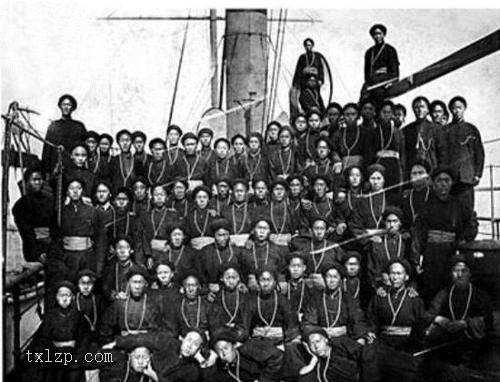From the end of 1938 to the end of 1941, the activities of industrial and mining enterprises in the rear area of the Anti Japanese War expanded rapidly. The National Government established a large number of industrial and mining enterprises in the southwest, northwest and other areas after the Anti Japanese War by means of sole proprietorship, joint ventures with local power groups such as Sichuan and Yunnan, and participation in investment without sponsorship. The industrial department of the National Government held a large-scale industrial and mineral products exhibition in Chongqing in February 1944. The exhibition is divided into 10 branches, including the Resource Pavilion, the Coal Pavilion, the Petroleum Pavilion, the Steel Pavilion, the Non ferrous Metal Pavilion, the Special Mineral Pavilion, the Chemical Pavilion, the Electrical Appliance Pavilion, the Power Pavilion, and the Machinery Pavilion. The exhibits are all produced by the rear industrial and mining enterprises, and the exhibition is equipped with models and diagrams
This exhibition has aroused great repercussions in Chongqing. Even Chiang Kai shek came to visit the exhibition in person and asked students in Chongqing’s universities, primary and secondary schools to visit it
Joseph Needham was born in London, England. He is a sinologist, biochemical and scientific historian, a foreign academician of the National Academy of Sciences of the United States, a foreign academician of the Chinese Academy of Sciences, and the first director of the Needham Institute of Cambridge University. From 1943 to 1946, he served as the curator of the Sino British Science Cooperation Museum, and during this period, he visited a large area in western China
The following photos are the real scenes of the exhibition taken by Joseph Needham in March 1944
![图片[1]-The site of the industrial and mining exhibition taken by Joseph Needham, an old photograph of Chongqing in 1944-China Archive](https://chinaarchive.net/photo/republic-of-china/1-220H9213S1.jpg)
蒋视察油田展览。从左到右:甘肃石油管理局总经理孙博士、蒋*
![图片[2]-The site of the industrial and mining exhibition taken by Joseph Needham, an old photograph of Chongqing in 1944-China Archive](https://chinaarchive.net/photo/republic-of-china/1-220H9213S2.jpg)
重庆工业展览会的入口大厅,背景是地质图和收藏品,前景是标准化展览。
![图片[3]-The site of the industrial and mining exhibition taken by Joseph Needham, an old photograph of Chongqing in 1944-China Archive](https://chinaarchive.net/photo/republic-of-china/1-220H9213S3.jpg)
![图片[4]-The site of the industrial and mining exhibition taken by Joseph Needham, an old photograph of Chongqing in 1944-China Archive](https://chinaarchive.net/photo/republic-of-china/1-220H9213S3-50.jpg)
在重庆工业展览会上机械工程展览部分
![图片[5]-The site of the industrial and mining exhibition taken by Joseph Needham, an old photograph of Chongqing in 1944-China Archive](https://chinaarchive.net/photo/republic-of-china/1-220H9213S4.jpg)
动力酒精厂的模型?
![图片[6]-The site of the industrial and mining exhibition taken by Joseph Needham, an old photograph of Chongqing in 1944-China Archive](https://chinaarchive.net/photo/republic-of-china/1-220H9213S5.jpg)
在重庆工矿展览会上展出的机械。
![图片[7]-The site of the industrial and mining exhibition taken by Joseph Needham, an old photograph of Chongqing in 1944-China Archive](https://chinaarchive.net/photo/republic-of-china/1-220H9213S5-50.jpg)
在重庆工矿展览会上展出的纺织机械。
![图片[8]-The site of the industrial and mining exhibition taken by Joseph Needham, an old photograph of Chongqing in 1944-China Archive](https://chinaarchive.net/photo/republic-of-china/1-220H9213S6.jpg)
蒋席一行离开重庆工矿展览会。



![[Qing Dynasty] British female painter—Elizabeth Keith, using woodblock prints to record China from the late Qing Dynasty to the early Republic of China—1915-China Archive](https://chinaarchive.net/wp-content/uploads/2022/11/image-191x300.png)

